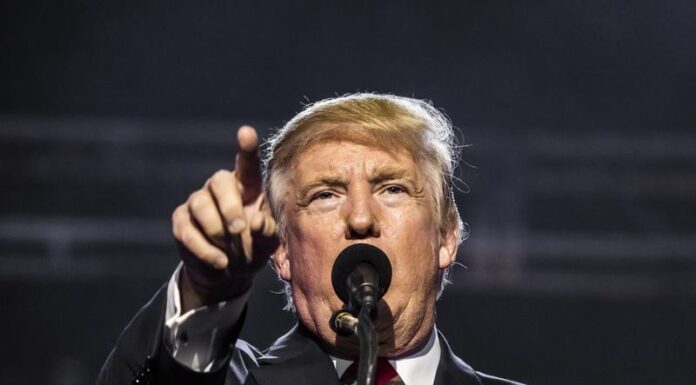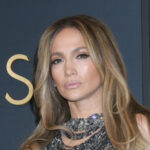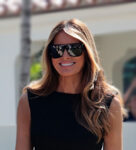President Donald Trump has criticized TIME magazine for what he considers the worst cover photo ever published of him, stating that the image made his hair disappear and portrayed him negatively.
Trump shared his displeasure on Truth Social at 1:30 am on October 14, regarding the cover featuring him with the headline “His Triumph,” referring to his involvement in facilitating a peace agreement between Israel and Hamas. He expressed that the magazine overlooked his hair, creating the illusion of a floating crown. He labeled it a “super bad picture” that warranted criticism.
The contentious photograph was captured from a low angle with sunlight behind Trump’s head, producing a translucent effect on his hair. Trump mentioned his dislike for such low-angle shots and found the framing unflattering, highlighting his thinning hair and neck in ways that troubled him.
Michael Wolff, Trump’s biographer, and Joanna Coles discussed his reaction on their podcast “Inside Trump’s Head.” They suggested the unflattering angle was intentional, noting that media outlets often use such techniques to subtly criticize public figures. Wolff observed that Trump has been sensitive about his hair and neck in photos, which makes this image particularly concerning to him.
Despite Trump’s focus on the photograph, the accompanying article praised his diplomatic efforts. TIME’s correspondent described the Middle East peace deal as a notable achievement of Trump’s second term and a strategic turning point for the region. However, Trump’s attention remained on his appearance in the image.
Trump’s interest in TIME magazine is well-known. He has appeared on the cover at least 40 times, nearing former President Richard Nixon’s record of 55 covers. His fascination goes beyond being featured on the cover. Trump previously displayed fake TIME covers at his golf clubs until the magazine requested their removal. He has reportedly canceled campaign events to accommodate TIME magazine photo shoots and interviews.
This incident adds to Trump’s history of criticizing media portrayals of his appearance. He previously objected to a portrait of himself in the Colorado Capitol, claiming it was distorted. Trump has also altered his official presidential portrait, choosing more dramatic lighting and switching from a blue tie to a red one.
The controversy drew international attention when Russian Foreign Ministry spokesperson Maria Zakharova commented. She condemned the cover photo, stating that only unhealthy individuals obsessed with malice and hatred could have selected such an image. Her remarks added a diplomatic element to the dispute over photographic aesthetics.
California Governor Gavin Newsom intensified the controversy by mocking Trump on social media, reposting the cover photo with Trump’s neck censored. This move drew more attention to the image Trump found objectionable and gave political opponents material to highlight his focus on his appearance.
Trump supporters defended him, with some accusing TIME of using a deliberately unflattering photo to undermine the president. White House Communications Director Steven Cheung criticized Wolff’s commentary, reflecting the administration’s sensitivity to observations about Trump’s appearance and media coverage.
Marc Benioff, the billionaire owner of TIME, who some view as a Trump supporter, may not have approved the cover before publication. This detail raised questions about whether the editorial team made the decision independently, possibly without considering the president’s likely reaction to the composition.
Low-angle photography can make subjects appear more powerful or imposing, but it often results in unflattering images, especially when backlighting is used. The technique used for Trump’s cover followed this pattern, emphasizing physical features the president prefers to minimize. The controversy highlights Trump’s ongoing complex relationship with media coverage and his concern about photographic representation, as he focused on the image rather than the praise in the accompanying story.
TIME magazine offered no public response to Trump’s criticism of the cover image








